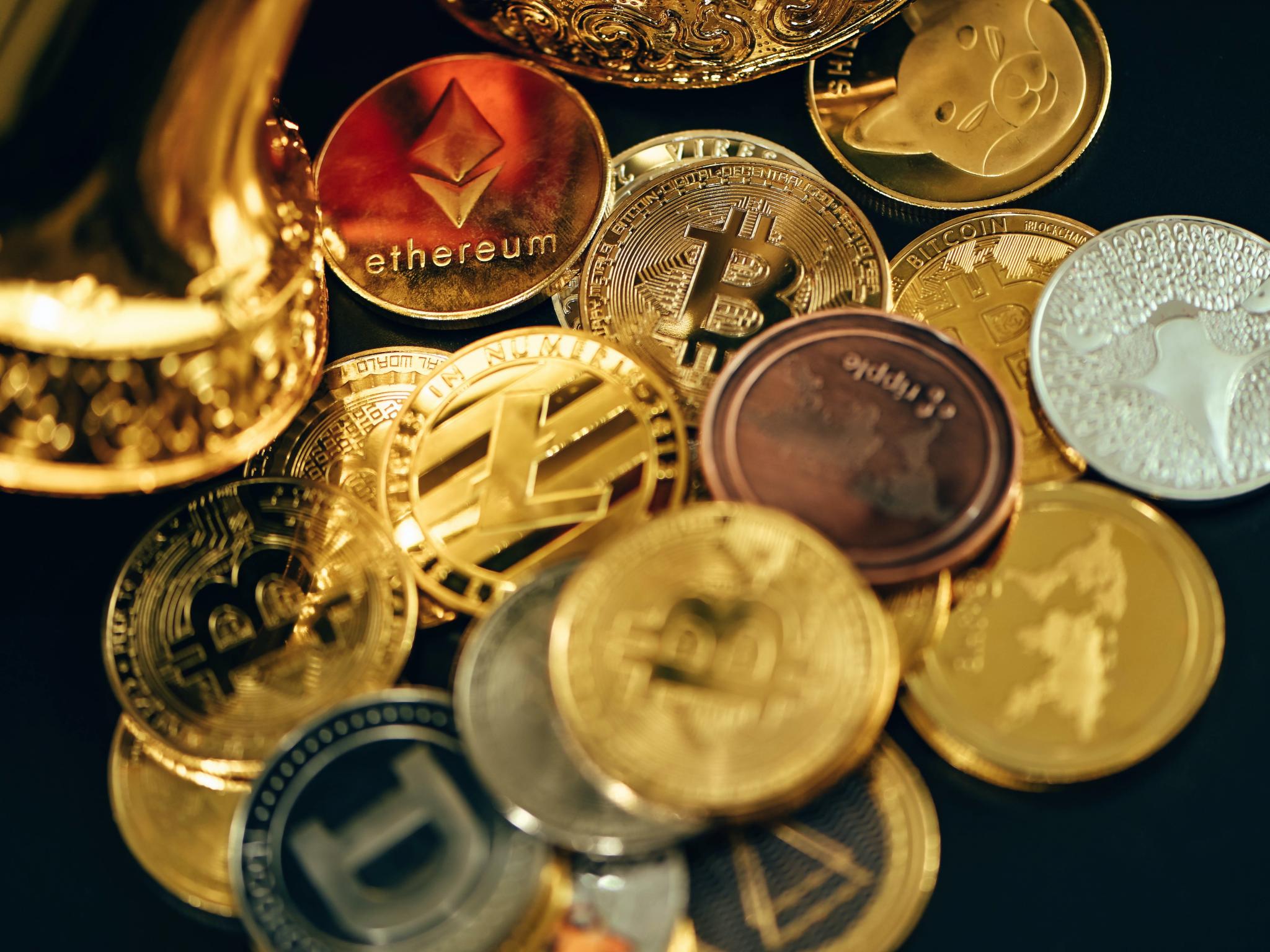
By Nicole Civitello
When I was studying to become a Chartered Alternative Investment Analyst, I remember making flashcards to help memorize the range of assets that fell under the “alternative investment” umbrella. Real estate, commodities, collectibles, private equity, private debt, structured products. From rare art to venture capital, each had their own complexities, their own risks and returns.
At the time, I knew I wanted to work with hedge funds, where everything was still so early and dynamic, becoming a newly regulated space and transitioning from an early stage of mostly high net-worth individuals participating to where it is today. Little did I know then that alternative investments would come to define my career. Nor could I (or anyone) have anticipated the emergence of a new class of alternative investment–one that would not only see trillions of dollars of trading volume, but modernize our financial system with once-unimaginable enhancements and efficiencies. If I had that kind of foresight, I’d have made one more flashcard: digital assets. (For emphasis, it would be underlined in big, bold Sharpie.)
A New Alternative
The most common form of digital asset is cryptocurrency. Anchorage Digital–where I work now–helps institutions broaden their investment portfolios to include cryptocurrencies like Bitcoin, Ethereum, and Litecoin, to name just a few. From sovereign wealth funds to university endowments to family offices to foundations, we’re seeing some of the world’s most risk-conscious investors add crypto to their holdings because of the outsize opportunities happening in this emerging asset class. It’s clear that institutions see the staying power of crypto, and want to have a stake in the digital future.
In March, Anchorage Digital–which made history last year as the United States’ first federally-chartered digital asset bank–further solidified this new class of alternative investment by announcing its membership in AIMA, the Alternative Investment Management Association. Throughout my career, I’ve seen the “alternative investment” category evolve over time. But the emergence of digital assets has moved at a pace even crypto insiders couldn’t have anticipated–and industry groups like AIMA are helping institutional investors stay informed.
Historically, these assets shared a number of static qualities: they were unregulated by the SEC, couldn’t be easily sold or cashed out (illiquid), and their value had little correlation to traditional assets or financial market performance. But it remains to be seen whether these traits apply neatly to crypto. Many regulators have begun to regulate these assets or sparked debate by suggesting that at least some forms of crypto should fall under their jurisdictions. Some forms of crypto–namely, stablecoins–are remarkably liquid. And there’s a (seemingly never-ending) attempt in the analyst community to correlate bitcoin’s value with something, whether that’s S&P performance or the price of gold.
But the reality is that just like the technology itself, the financial and regulatory landscapes are rapidly changing. That’s why, to help add newfound clarity to the space, Anchorage Digital and AIMA worked together to create the group’s first-ever Digital Asset Custody Guide, which was just released in April.
Re-Qualified Custody
Digital assets are new, as is the way we custody them–particularly for large institutions, where security is absolutely paramount. At Anchorage, we use a combination of strong controls and technology to create an impenetrable firewall between our clients’ digital asset holdings and outside interference. To help picture what that looks like: it’s comparable to the safeguards used to protect the U.S. nuclear codes.
But I adamantly believe that being a “qualified custodian” of cryptocurrency should mean more than a cutting-edge line of defense. In order to establish a baseline of trust among institutional investors, being a qualified custodian must also indicate that you are a regulated custodian. That’s not self-serving bias; it’s what’s best for the future of digital assets, the crypto industry as a whole, and for the investors we serve.
The Increasingly-Alternative Future
As we look ahead, “digital assets” (the asset class) and “crypto” (the digital asset we currently know) will become less and less interchangeable. 2021 saw the rise of NFTs, or non-fungible tokens; Anchorage made history when we served as custodians for Visa as the company purchased a CryptoPunk. That trend continues into 2022, with nearly $7 billion in trading volume in the crypto markets in January of this year alone, shattering records.
And the most exciting thing about the emerging digital asset ecosystem is that we don’t know what new, alternative investments still await. From real estate sales in the metaverse to unique digital identities and beyond, the future of digital assets–and of alternative investments as a whole–is fueled by innovation, and brimming with potential.
This isn’t just scribbling down another flashcard; it’s rewriting the textbook of alternative investments as we know it. And I, for one, can’t wait to see what tomorrow holds.
-
Nicole Civitello is the Head of Capital Strategy at Anchorage Digital, home to the first federally-chartered digital asset bank in the United States.







